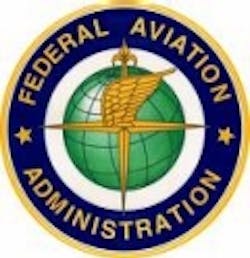Agreement reached on controller fatigue solutions between FAA and NATCA
Posted by John McHaleWASHINGTON, 7 July 2011. Officials at the National Air Traffic Controllers Association (NATCA) and the Federal Aviation Administration (FAA) came to an agreement on recommendations regarding air traffic controller fatigue. The recommendations were developed under a joint FAA-NATCA working group."Air traffic controllers have the responsibility to report rested and ready to work so they can safely perform their operational duties," says FAA Administrator Randy Babbitt. "But we also need to make sure we have the right policies in place to reduce the possibility of fatigue in the workplace."Essentially agreement reinforces an already existing FAA policy prohibiting air traffic controllers from sleeping on the job. FAA officials say they will continue to provide breaks to air traffic controllers on the midnight shift based on staffing and workload. However, while on break, FAA officials say they expect the air traffic controllers to conduct themselves professionally and be available for recall at all times.Under the new agreement it will be the employee's responsibility to notify their supervisor if they are too tired to perform their duties. Also air traffic controllers will now be able to request to take leave if they are too tired to work air traffic.Air traffic controllers will also now be allowed to listen to the radio and read "appropriate printed material" while on duty between the hours of 10 pm and 6 am as traffic permits.Previously FAA officials had adjusted work schedules to give air traffic controllers a minimum of nine hours off between shifts. The FAA and NATCA will develop new watch schedule principles that incorporate fatigue science for schedules beginning no later than September 1, 2012. FAA and NATCA officials also are working with local facilities on watch schedules that reduce the possibility of fatigue in the transition from the day shift to the midnight shift.The FAA has also agreed to develop policies that will encourage air traffic controllers to seek medical help for sleep apnea. Currently, air traffic controllers lose their medical qualification if they are diagnosed with sleep apnea. The FAA will work to develop a process for most air traffic controllers with sleep apnea to regain their medical qualification once they receive proper medical treatment. The FAA's Office of Aerospace Medicine will also develop educational material to raise awareness of the symptoms and the physical effects of sleep apnea.As a result of this agreement, the FAA will develop a Fatigue Risk Management System for air traffic operations by the beginning of 2012. This management system will be designed to collect and analyze data associated with work schedules, including work intensity, to ensure that the schedules are not increasing the possibility of fatigue. Systems like these are commonly used in other areas of aviation to evaluate levels of risk. The FAA is also designing a comprehensive fatigue awareness and education training program for employees.
